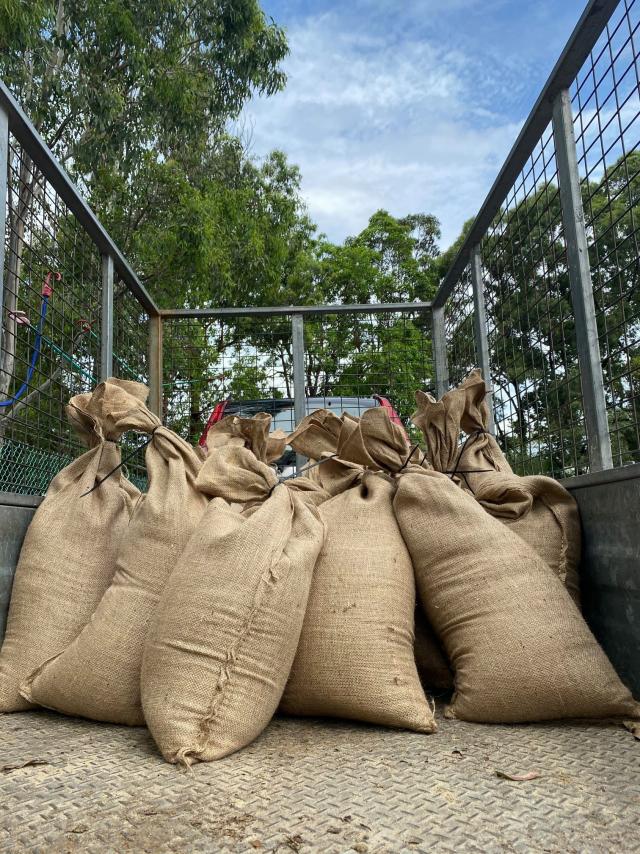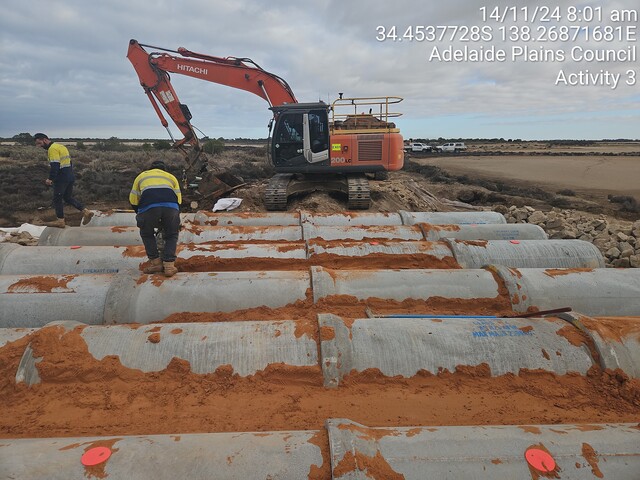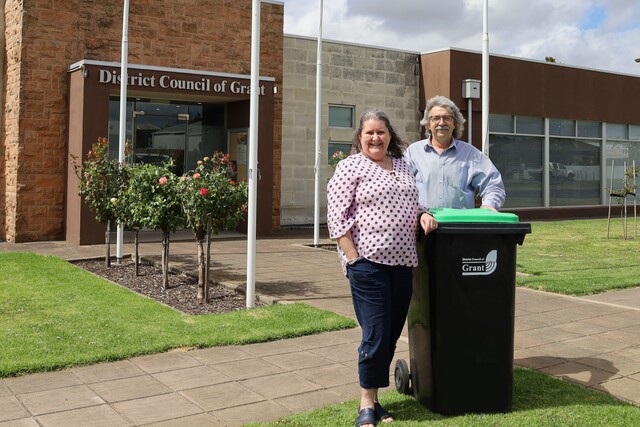Redland City Council is encouraging residents who collected sandbags ahead of the recent wet weather, to store them correctly to ensure they are prepared for future events.
Redlands Coast residents collected more than 5000 sandbags from sandbagging stations across the city in late January.
With the extreme weather threat having passed for now, the Council advises residents that if they are keeping a stock of sandbags, store them in a dry place out of the sun to prepare for future weather events. Wet or damp sandbags can rot.
A sandbag made of plastic or polypropylene can be stored for many years longer than a hessian sandbag.
For non-hessian sandbags that haven’t been in contact with sewage, oil, or contaminants, Council encouraged residents to wash them down and let them dry before storing.
Unused and uncontaminated hessian sandbags can also be stored undercover to keep them dry for future use. If they start to show signs of wear or have been contaminated by floodwater or oil, it’s time to dispose of them.
For hessian sandbags that have been contaminated, you can dispose of them at home or at your local Recycling and Waste Centre.
To dispose of sandbags at home:
Use the sand as topsoil on the lawn or garden.
Emptied plastic bags can be placed into their general waste bin.
Emptied hessian bags can be placed either into their compost or general waste bin.
Do not place full sandbags in any kerbside bin. They are too heavy and can damage bins and the collection vehicles.
Drop full sandbags off at a Recycling and Waste Centre for correct disposal.








